
Blog
Balancing 16 vs 18 Inch Necklace: A Wholesale Strategy for Higher Margins
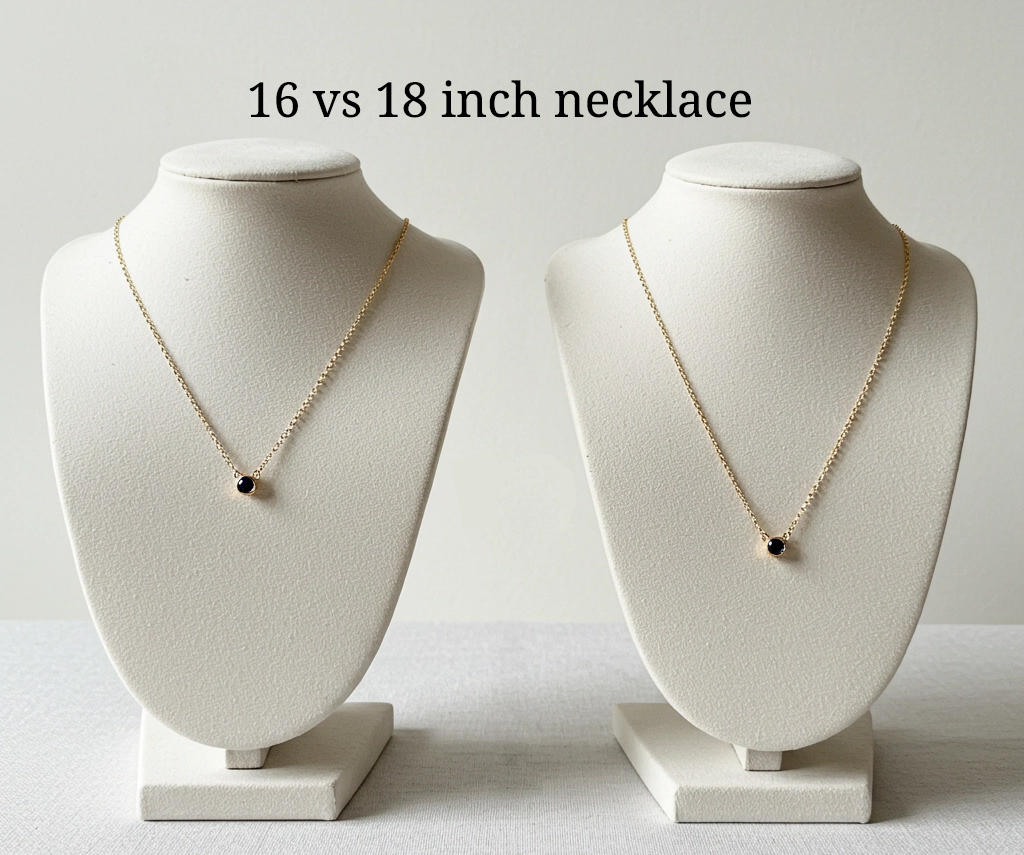
In the global stainless steel jewelry1 market—projected to grow 17% annually—necklace length emerges as a crucial yet overlooked factor. Bulk buyers in the US, Poland, and Germany often debate between 16 vs 18 inch necklace2 options. This choice carries cost, design, and inventory implications that can make or break your margins. As Kalen, an international export manufacturer of stainless steel jewelry, we’ve seen firsthand how size optimization fosters better sales outcomes and efficient supply chain management.
Why Necklace Length Affects Profit
When dealing with large-scale orders, even small changes in necklace length can have a ripple effect:
-
Material Usage
A 16-inch necklace can consume up to 10% less material than an 18-inch counterpart. That means lower raw material costs, especially relevant for precious metal plating or specialized stainless steel finishes. -
Production Time
Shorter lengths may simplify soldering and assembly, reducing labor by 5–8%. Over thousands of units, those hours saved equate to faster lead times and higher overall output. -
Return Rates
Our data indicates that mismatched lengths lead to a 15% higher return rate. Having the right mix of 16 vs 18 inch necklaces—and advising buyers accordingly—can substantially reduce return headaches.
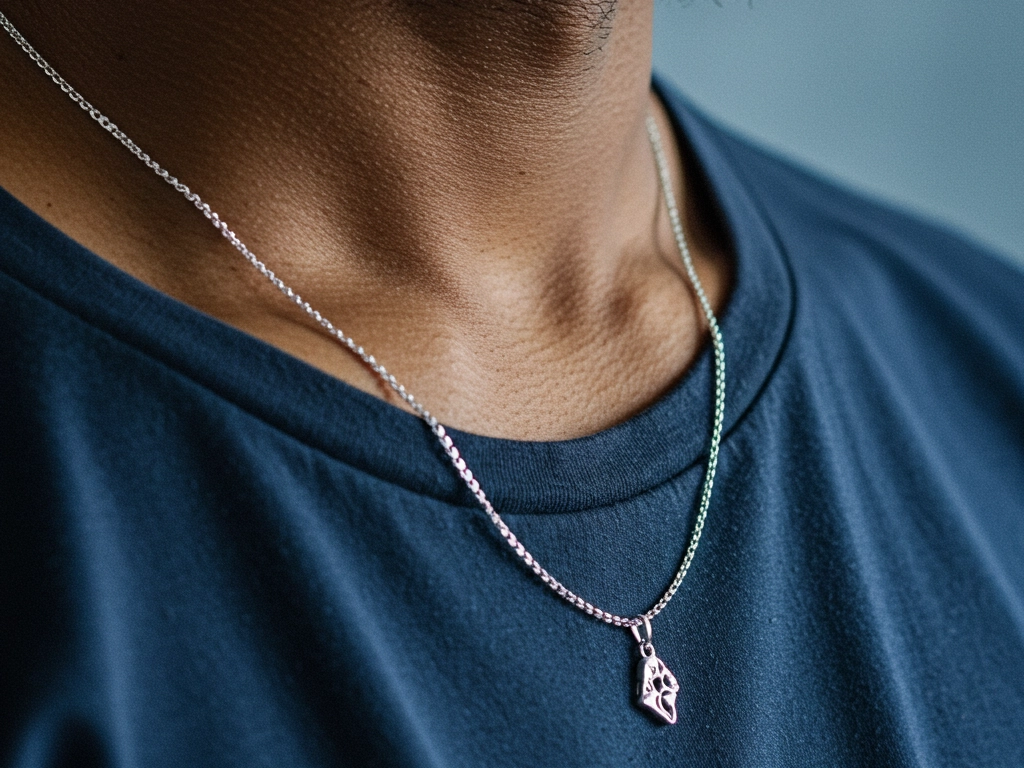
Below is a snapshot of the cost and production differences for 316L stainless steel necklaces at Kalen:
| Metric | 16-Inch Necklace | 18-Inch Necklace |
|---|---|---|
| Material Consumption | 100% baseline | +10–12% additional |
| Assembly Labor Time | Standard | ~5–8% increase |
| Return Rate Risk | Lower (less material) | Slightly higher |
| MOQ Flexibility | 200 units | 200 units |
Note: Actual figures vary depending on chain style (box, cable, snake, etc.) and added components (charms, clasps, extenders).
Regional Sales Insights
While American and Polish markets often favor 18-inch necklaces for layering or accommodating broader neck sizes, Germany sees a growing preference for 16-inch chokers among younger consumers. Kalen tracks these shifts to help you place strategic orders:
- North America: 18-inch is standard for layering with pendants.
- Europe (Germany/Poland): 16-inch chokers dominate fashion-forward crowds.
- Customization: Demand rises for adjustable designs (16–18 inches) to reduce SKU variance.
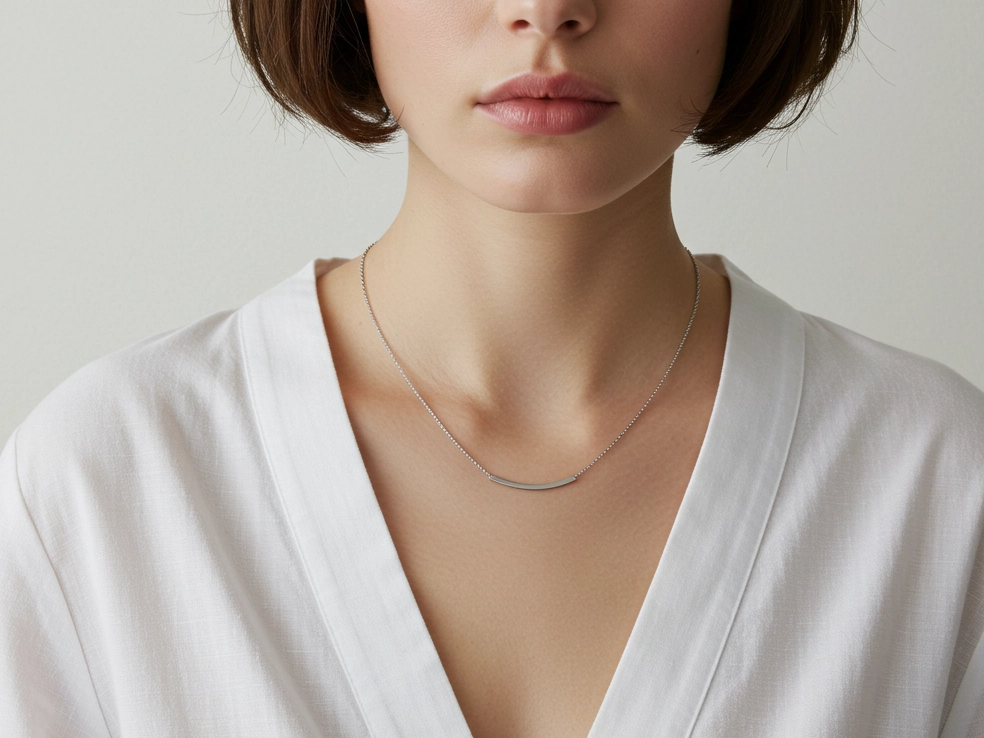
Production Optimization Strategies
-
Smart Sizing Mix
Analyze sales data from each channel or region and forecast demand for each length. Kalen often suggests a 60:40 split in new markets to hedge against uncertain consumer preferences. -
Combining Orders
When possible, group production of 16 vs 18 inch necklaces in a single run. This approach reduces machine reconfiguration times and standardizes plating or finishing processes, lowering costs by 7–10%. -
Design Adaptations
Subtle differences in clasp positions or chain thickness can accommodate both lengths with minimal part changes. Our engineers optimize design elements so you can offer multiple lengths without duplicating all components. -
Inventory Management
Work with our flexible MOQ (200 units) to test smaller batches. This helps you avoid overstocking on lengths that might not match regional preferences.
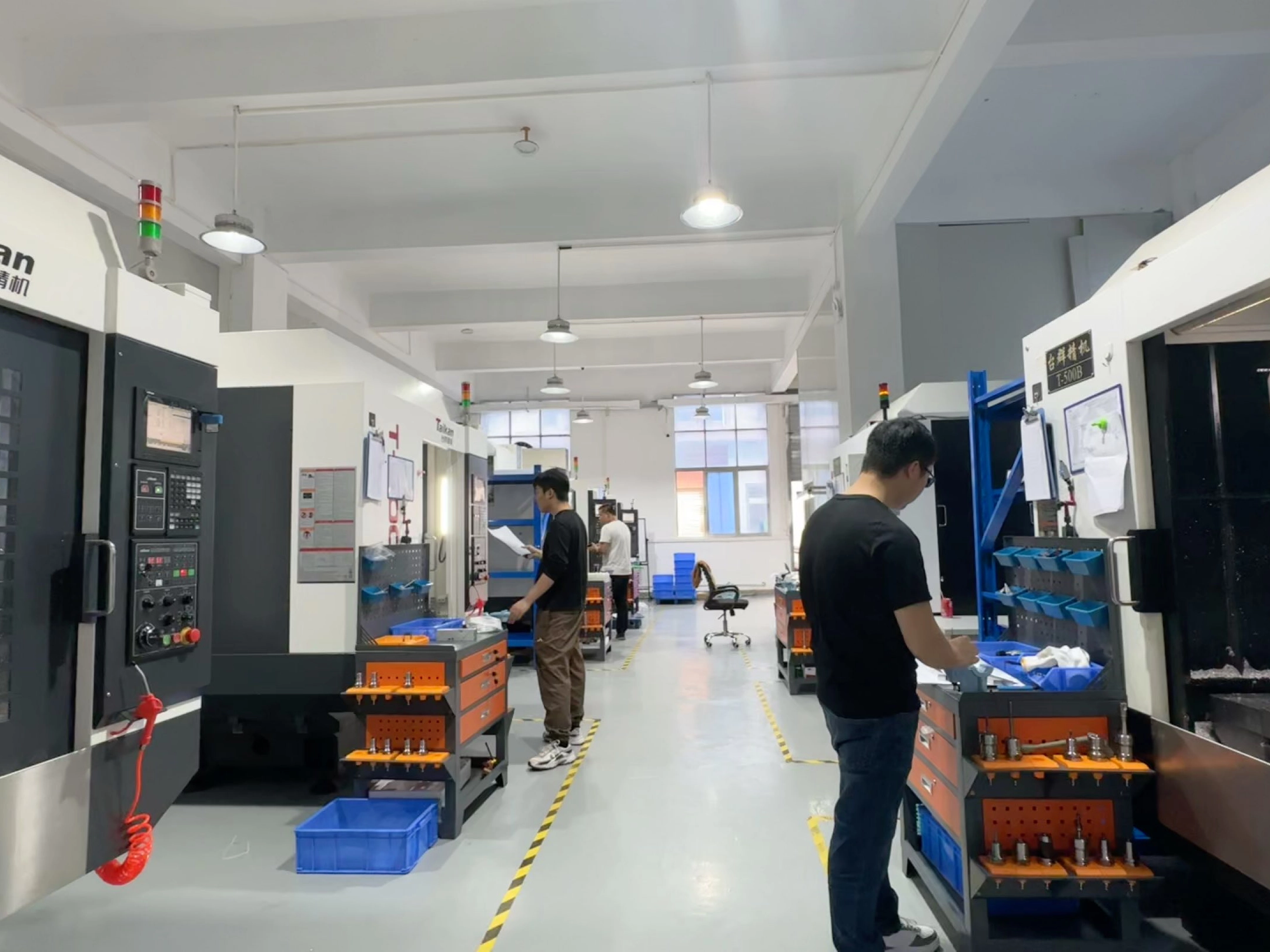
Common Mistakes and How to Avoid Them
- Ignoring Demographic Nuances: One-size-fits-all rarely works. Research each market’s neckline norms and style trends.
- Overlooking Certification Requirements: For B2B buyers in strict markets, stainless steel must meet REACH or RoHS standards. Kalen’s SEDEX compliance ensures easy entry into major retail chains.
- Failing to Consider Customization: Offering only one length can limit your audience. Simple design tweaks can help you serve multiple consumer segments effectively.
Design Guidelines for 16 vs 18 Inch Necklace
- Minimalistic Chains: Ideal for 16-inch chokers, featuring subtle pendants or small ornaments.
- Statement Pendants: Best suited for 18-inch lengths, giving more space for elaborate designs.
- Layering Potential: Encourage B2B buyers to bundle multiple lengths—e.g., 16, 18, and 20 inches—to drive higher average order values.
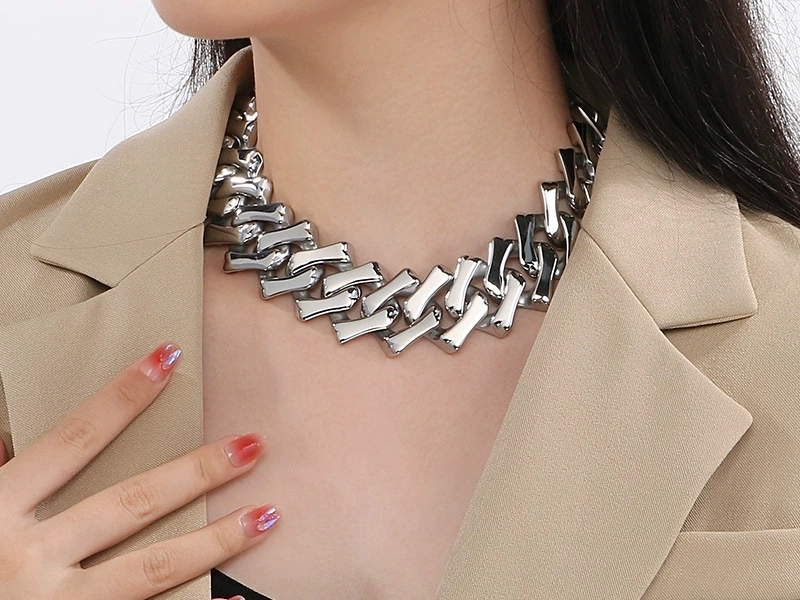
Conclusion
The debate between 16 vs 18 inch necklace lengths matters far beyond a simple style choice. Proper planning—rooted in market research, material efficiency, and design adaptability—can raise profit margins and strengthen your brand’s reputation. At Kalen, our international experience, flexible MOQs, and robust OEM/ODM solutions can help you optimize supply chains for both 16-inch and 18-inch styles. Contact our sales team for tailored advice on how to balance these lengths and boost your bottom line.
About Kalen
Kalen is a global manufacturer of stainless steel jewelry, certified under SEDEX for ethical production standards. With a focus on B2B partnerships, we provide over 300 OEM/ODM solutions, 316L steel certification, and expedited 30–45 day production cycles for customers in the United States, Poland, Germany, and beyond. We specialize in supplying high-quality chains, rings, pendants, and bracelets that meet rigorous global standards.
